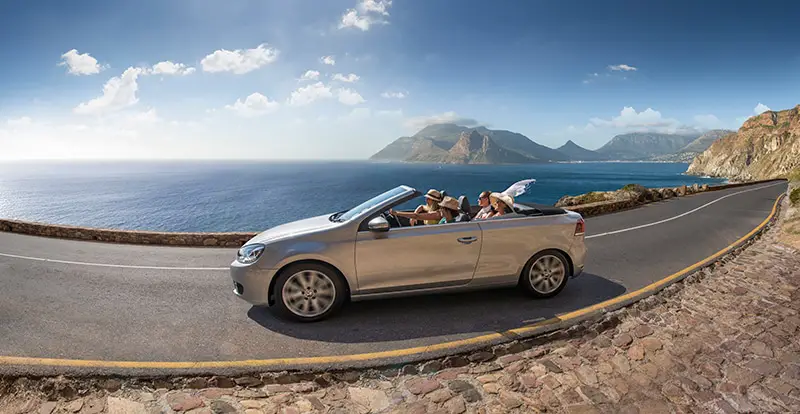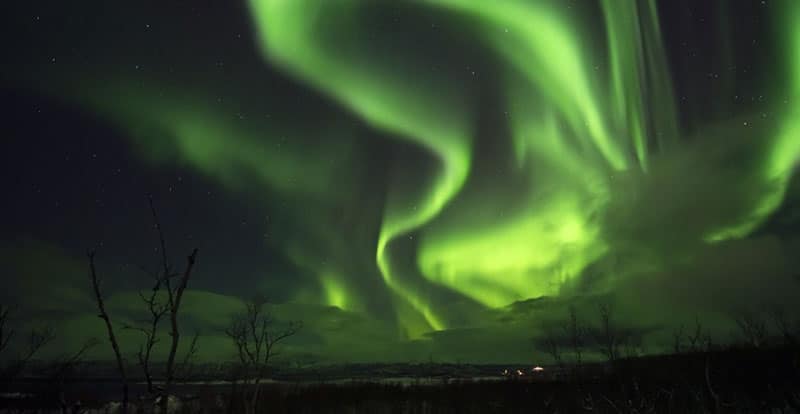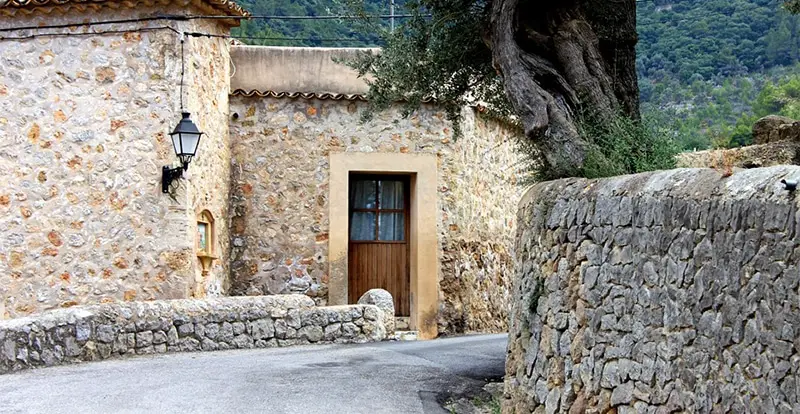Top Three Must-See Tourist Destinations in Wyoming, USA
The Cowboy State is noted as the 10th largest state in the U.S. in terms of land area yet one of the least populated areas. Still, this sparsely-populated area makes up for it with a bounty of natural and man-made tourist destinations. Cradled in the midsection of the Rocky Mountains, Wyoming definitely brings the cowboy feel to live with its wild and windswept lands.
From taking tours from the Jackson Hole to Yellowstone to experiencing the old cowboy lifestyle, here are some of the best tourist destinations in the historic and picturesque Wyoming:
1. Visit Yellowstone National Park
Mother Nature definitely has her flair on full display at the world’s first national park. Quick fact: Yellowstone National Park was designated as such when US President Ulysses S. Grant signed it into law on March 1, 1872. The park is mostly in Wyoming, with some sections lying within the state territories of Idaho and Montana.
Yellowstone is well-known for its various geothermal features and its wildlife. Speaking of geothermal features, a lot of tourists both from the US and the rest of the world flock to see the Old Faithful – a cone geyser with such high predictability that it is expected to shoot out bursts of water about every ninety minutes or so. The amount of water in each of its bursts range from 14,000 to 32,000 litres and shoots as high as 50 meters. Complementing the natural wonder is the historic Old Faithful Inn, which offers a view of the geyser and is a remarkable example of rustic architecture with its log and limb lobby and large, 85-foot, stone fireplace.

Also, its 20 million-acre Greater Yellowstone Ecosystem is home to a wide variety of flora and fauna. There are about 60 species of mammals alone – coyote, Canadian lynx, timberwolf, grizzly bears, and even bison, moose, and deer. This, plus reptiles, birds, and fish living in the area contribute to make the Yellowstone one of the largest ecosystems still in place.
Also, its 20 million-acre Greater Yellowstone Ecosystem is home to a wide variety of flora and fauna. There are about 60 species of mammals alone – coyote, Canadian lynx, timberwolf, grizzly bears, and even bison, moose, and deer. This, plus reptiles, birds, and fish living in the area contribute to make the Yellowstone one of the largest ecosystems still in place.
2. Take a tour around Buffalo Bill Center of the West
William Frederick Cody was a soldier, cattle driver, bison hunter, and a showman later on. He has engraved his name down in history as one of the most iconic real-life cowboys to have ever lived. Most people, however, better know him as Buffalo Bill. The Historical Center named after him is one of the most extensive museums relating to the Old West, eventually growing to include five specialized museums and a research library.
The Buffalo Bill Museum was inaugurated in 1927 but its current location was a reinstallation in 1986. It focuses on the life and works of Col. William F. Cody, from his youth to his service in the US Army, to his development of the Buffalo Bill persona and the “Buffalo BIll’s Wild West Show.”

Next is the Plains Indian Museum, dedicated to the preservation and awareness regarding the culture of the Plains Indians – their art, traditions, stories, and values. These exhibits are then related to their modern-day descendants and how their inherited values and culture are put into context. Its exhibits include a variety of artefacts from the Crow, Lakota, Arapaho, Cheyenne, Pawnee, and Blackfeet tribes.
Artworks such as sculptures and paintings from the American West are in the spotlight at the Whitney Western Art Museum. There are replicas of the studios of Alexander Phimister Proctor and Frederic Remington, two of the most prominent Western artists, and gives visitors the opportunity to learn about their lives and their art styles.
The Draper Natural History Museum features interactive exhibits with a focus on the flora and fauna in the area, specifically in the Greater Yellowstone region. Dioramas, photo exhibits, and 4D videos treat guests to sounds, sights, and even scents from the area and its geology, wildlife, and human development. Lastly, the fifth museum presents what is hailed as the most comprehensive collection of American firearms not just in the US but in the entire world. The Cody Firearms Museum has a collection covering 16th-century hand cannon to guns used in modern warfare.
3. Relive the cowboy life at the Cheyenne Frontier Days
Wyoming’s capital city, Cheyenne, is home to the “World’s Largest Outdoor Rodeo and Western Celebration” since it first held the Frontier Days back in 1987. While this is just a ten-day event in July, the Cheyenne Frontier Days draws in lots of crowds from all over. For many tourists, living the cowboy life is as real as it gets here and has consistently been one of the top things to do in Wyoming.
More than just filling up The Cowboy State with guests and visitors, this event is notable for filling up lodging and accommodations not just in Wyoming, but also in neighbouring Colorado and Nebraska.
A Cattle Drive is held on the Sunday prior to the event week. Inspired by the old cattle drives of the American West, hundreds of steers were herded by cowboys on horseback and driven them usually from Hynds Boulevard to Frontier Park.
As the main celebration kicks in, one of the main events is always the Rodeo. During the Frontier Days, expect nine days of simultaneous shows of saddle and bareback bronc riding you will not find anywhere else. Moreover, visitors get to see the best rodeo performers try their luck as some events offer more than one million dollars in prizes.

Also, treats are aplenty as there are free pancake breakfasts sponsored by the local Kiwanis chapter. The city of Cheyenne hosts the Grand Parade every morning in between the free pancakes, starting from the Wyoming State Capitol, down to the Cheyenne Depot Square, then returns to the Capitol via another road.
There are a lot of activities highlighting the old west lifestyle, while inclusive events have paid homage to other groups which have contributed to the growth and progress of the state. The Chuckwagon Cookoff pits chuckwagon crews against each other and cooks authentic meals from the frontier days when people lived in the trail. They are judged by the public from the meals they serve to their camp and even their wagons.





